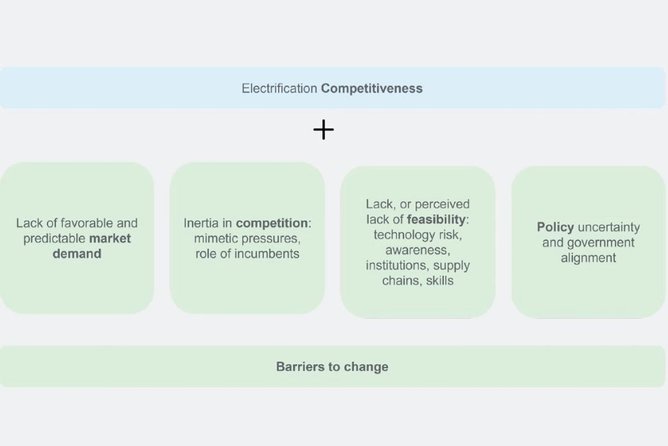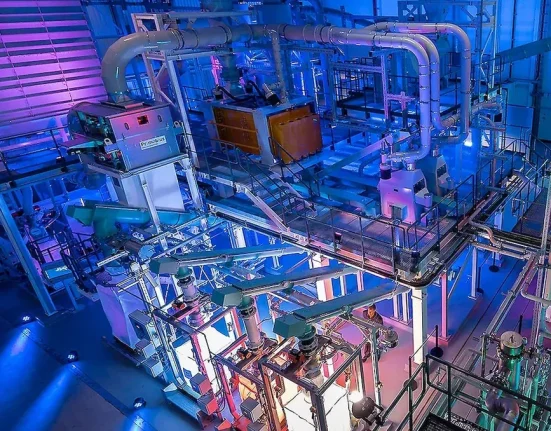Faster, more strategic electrification efforts could save Europe €250bn (US$290bn) every year by 2040, says Schneider Electric’s newly released report
Electrification is the cornerstone of Europe’s sustainable growth strategy, driving economic expansion, energy independence and industrial resilience.
Yet, despite technological readiness, the continent’s pace remains slow.
Europe’s electrification rate has stalled at 21% – unchanged in a decade – while China surges ahead at 31%. At the same time, households in Europe pay around €0.27 (US$0.31) per kWh, nearly triple the cost in China (€0.08 / US$0.09) and almost double that of the United States (€0.15 / US$0.17).
Schneider Electric calls for bold action to reverse this stagnation in its new report, Europe energy security and competitiveness – supercharging electrification, detailing how faster electrification could unlock economic advantages and cut carbon dependency – with procurement as a lever.
“Europe keeps facing a clear energy trilemma, which combines the need to decarbonise its energy system with growing concerns on energy security and affordability,” says Laurent Bataille, Executive Vice President, Europe Operations at Schneider Electric. “
While progress on the former is strong, with 37% reduction in emissions since 1990, the EU continues to rely for nearly 60% of its energy supply on foreign imports – an annual spend of €380bn (US$440.2bn) – and the cost of energy within the EU is 2-5 times that of the US and China, a clear drag on its economic and industrial development.”
How Europe could save €250bn
The report highlights the potential to save €250bn (US$289.7bn) annually by 2040 through accelerated electrification across buildings, transport, and industry. Nordic countries lead in transport and building electrification, with Southern Europe advancing in residential sectors and Western and Central Europe focusing on industrial innovation and prosumer initiatives.
Policy reform is essential to drive this transformation – Schneider Electric identifies measures such as phasing out fossil fuel subsidies, reforming energy taxes to favor clean power, stimulating investment and promoting innovation funding and emissions trading. Targeted mandates, including electrification in new buildings, industrial processes and EV acceleration, are cited as key levers.

“China has embraced this plan for a decade,” the report states. “Results are, as discussed, staggering. The EU has the potential, skills, financial depth, and resources to execute this plan and beyond, and secure a long-term economic and political leading influence at global level. It needs to embrace modernisation.”
What is procurement’s role?
Sustainable procurement and local manufacturing take center stage in Schneider Electric’s recommendations.
By prioritising European innovation and fast-tracking industry standards, the region can deliver economic growth and job creation while strengthening supply chain autonomy.
“Policy must incentivise and businesses must drive implementation to unlock the economic and environmental gains we need to see today,” adds Laurent.
Encouraging public procurement that favors electrified solutions and local green supply chains will help reduce costs, scale innovation, and reinforce Europe’s industrial base. Accelerating infrastructure roll-out and prosumer participation will also make energy markets more flexible and resilient.
Finally, the report’s roadmap proposes four actions to supercharge progress: reduce electricity–gas price disparities, expand financing support, create a vibrant electrification market, and ensure localisation of development.
“This landmark research provides one of the most comprehensive analyses to date of Europe’s electrification potential and the policy actions needed to realise it,” says Laurent.
“It underscores that electrification is vital – not only for achieving our climate ambitions, but for driving economic growth, energy independence and industrial competitiveness. Europe must break free from electrification stagnation urgently. The technology is here, ready to deploy.
“Now, policy must incentivise and businesses must drive implementation to unlock the economic and environmental gains we need to see today.”








Leave feedback about this